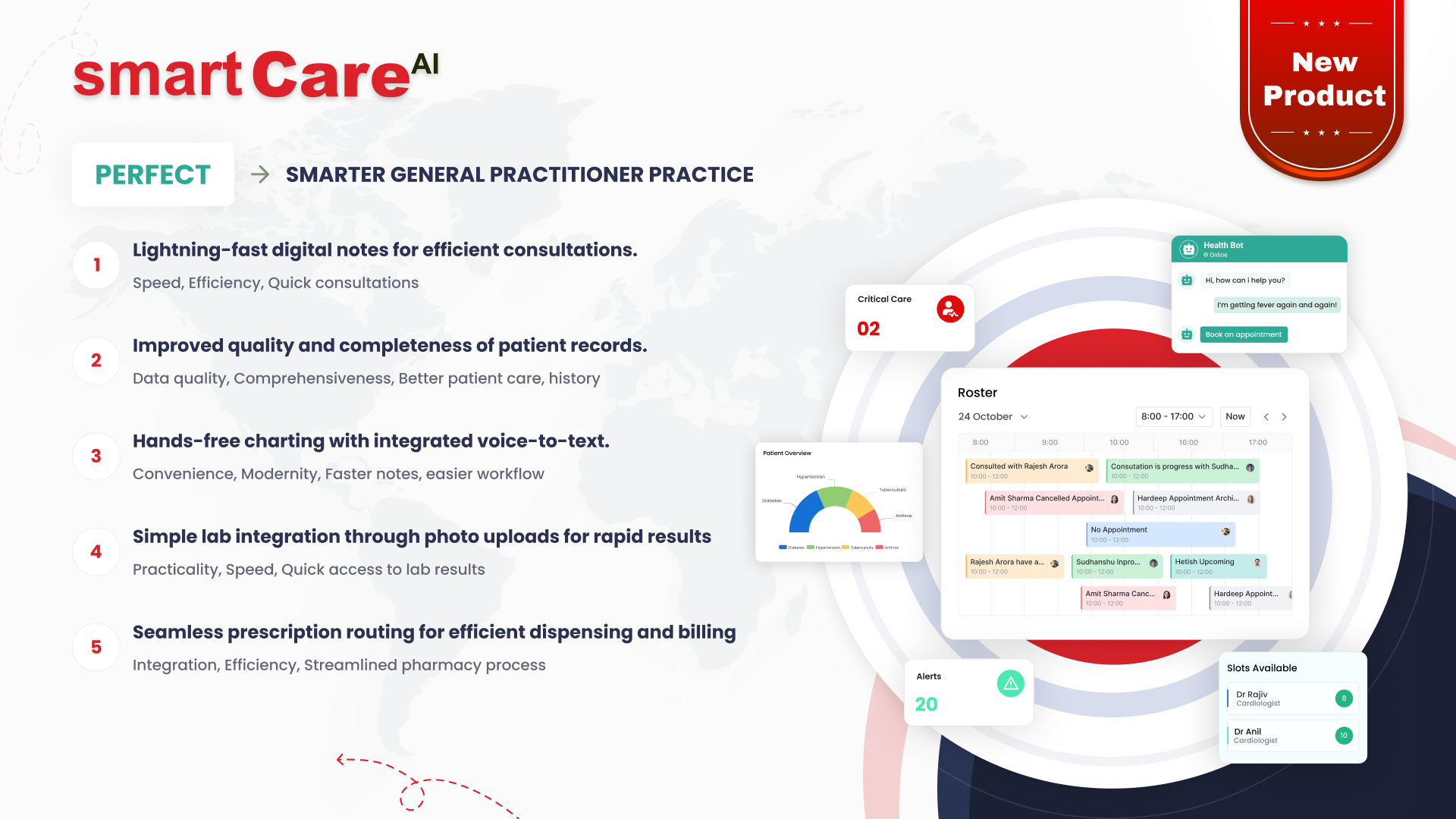
Posted On June 2, 2025
How to Leverage IoT for Better Patient Monitoring and Healthcare Outcomes
The Internet of Things (IoT) is transforming the healthcare industry by enhancing how care is delivered, monitored, and managed. From wearable devices to remote patient monitoring systems, IoT helps healthcare providers stay connected to patients in real-time—ultimately improving health outcomes and operational efficiency. Here’s how IoT can be effectively leveraged for better patient care.
What Is IoT in Healthcare and Why Does It Matter?
IoT in healthcare refers to a network of internet-connected devices that collect and share health data in real time. These can range from simple wearable fitness trackers to complex remote monitoring systems. The value lies in their ability to provide continuous, accurate data—helping clinicians make better-informed decisions quickly. With healthcare becoming more patient-centred and data-driven, IoT plays a critical role in bridging the gap between patients and providers.
The Role of Smart Devices in Real-Time Patient Monitoring
Smart devices such as heart rate monitors, glucose meters, and oxygen saturation sensors allow healthcare professionals to keep track of a patient’s vital signs without the need for physical appointments. These tools not only reduce the burden on hospital resources but also enable early intervention when abnormalities are detected. For example, wearable ECG monitors can instantly alert a provider if irregular heart activity is detected, potentially preventing serious outcomes.
How IoT Helps in Early Detection of Health Issues
One of the most impactful uses of IoT in healthcare is early diagnosis. IoT devices can track symptoms over time and alert both the patient and the physician if patterns suggest a potential health issue. This continuous data monitoring makes it easier to detect diseases in their early stages, when treatment is often more effective and less costly. For instance, long-term data from wearable devices may indicate developing hypertension or diabetes before symptoms become critical.
Improving Chronic Disease Management with Connected Devices
Chronic illnesses such as diabetes, asthma, and heart disease require consistent monitoring. IoT enables real-time tracking of these conditions, giving both patients and providers access to up-to-date information. This not only helps in adjusting treatment plans swiftly but also empowers patients to take an active role in their care. For example, a diabetic patient using a smart glucose monitor can receive reminders, log food intake, and share real-time data with their healthcare provider.
Remote Monitoring: Making Healthcare Accessible Anywhere
Remote patient monitoring (RPM) has seen significant growth, especially in rural or underserved areas where access to healthcare facilities may be limited. With IoT-powered RPM systems, patients can be monitored from home while still receiving the quality of care they need. This setup reduces travel time, limits hospital visits, and enhances patient comfort, all while keeping providers informed with up-to-the-minute health data.
Reducing Hospital Readmissions Through Continuous Monitoring
One of the major benefits of IoT in healthcare is its ability to reduce hospital readmission rates. Patients discharged after surgery or with chronic conditions are often at risk of complications. By using wearable devices or home monitoring systems, healthcare providers can keep track of vital signs such as blood pressure, glucose levels, or heart rate remotely.
These connected devices send alerts in case of irregular readings, allowing for timely intervention without the need for a hospital visit. Not only does this support patient well-being, but it also lowers costs and pressure on healthcare systems.
Enhancing Patient Safety with Automated Alerts and Tracking
IoT devices play a crucial role in improving patient safety. Smart infusion pumps, heart monitors, and location tracking systems reduce the likelihood of human error and help caregivers respond to emergencies more efficiently.
For instance, wearable sensors can detect falls in elderly patients and automatically notify medical staff or family members. Meanwhile, hospital-based IoT systems can monitor environmental factors, such as temperature and humidity, to ensure medication storage conditions remain safe and compliant.
How IoT Supports Personalised Treatment Plans
Each patient has unique health needs, and IoT allows providers to tailor treatments accordingly. Continuous data collected from smart devices helps physicians track how patients respond to certain therapies over time.
This data-driven approach makes it easier to adjust medications, recommend lifestyle changes, or fine-tune rehabilitation exercises. The result is a more individualised, effective treatment plan that evolves with the patient’s condition, leading to improved health outcomes.
Integrating IoT Data into Electronic Health Records (EHRs)
Seamless integration of IoT-generated data with Electronic Health Records (EHRs) is essential for healthcare efficiency. When IoT devices feed patient information directly into EHR systems, clinicians have instant access to real-time insights alongside historical medical data.
This streamlining of information enhances diagnostic accuracy and treatment decisions. It also ensures that all care providers involved in a patient’s journey have access to up-to-date information, reducing duplication and delays in care.
Overcoming Data Security Challenges in IoT Healthcare Systems
While IoT offers vast potential, security remains a major concern. Healthcare data is sensitive, and IoT devices can be vulnerable to cyberattacks if not properly managed.
Healthcare organisations must invest in strong cybersecurity practices. This includes encryption, secure data transmission, regular software updates, and compliance with data protection laws. Educating staff and patients about safe usage practices is equally important to safeguard personal health information.
Conclusion
The integration of IoT into healthcare has unlocked powerful tools for monitoring, diagnosing, and managing patient health more efficiently and proactively. From early detection to chronic care management and remote access, IoT empowers providers to offer more personalised and responsive care. As the healthcare sector continues to evolve, organisations like smartdatainc.com are at the forefront of developing innovative, secure, and scalable IoT solutions to improve patient outcomes and modernise care delivery.
